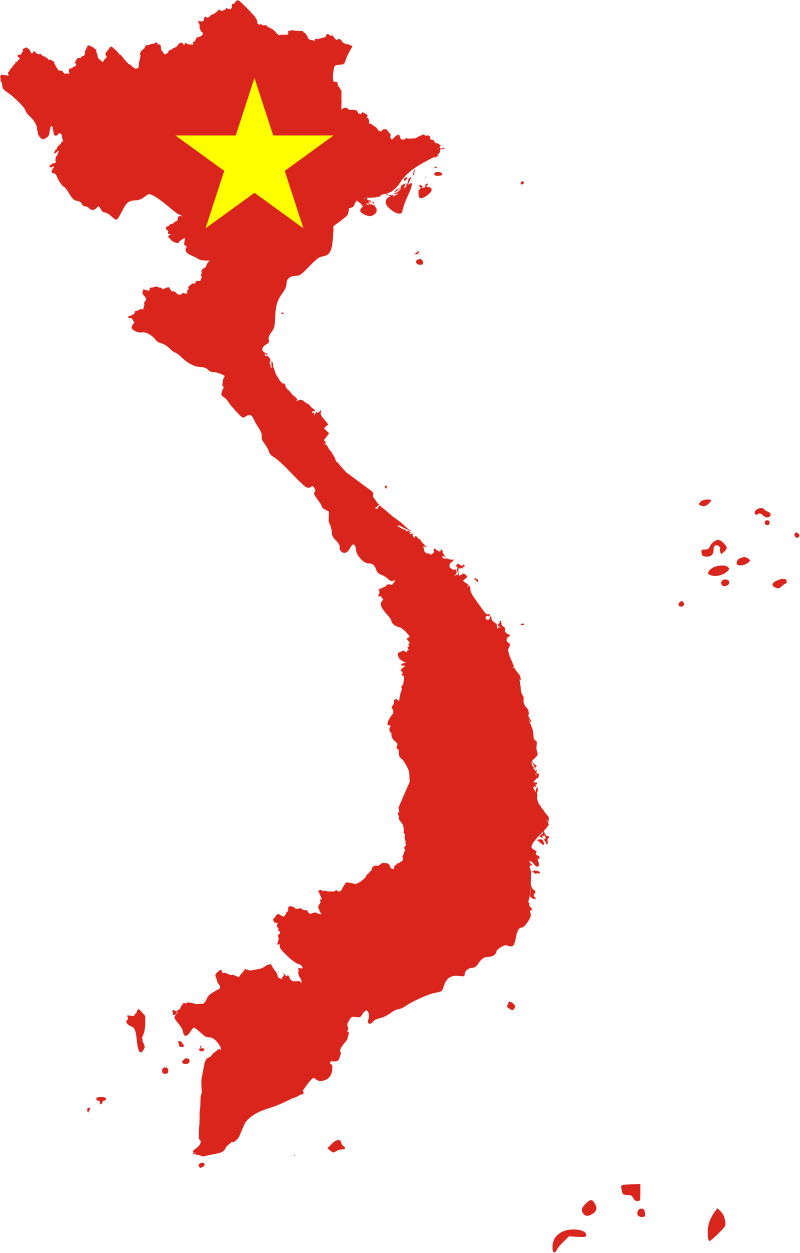Immigrants in Vietnam
Immigrants in Vietnam represent a diverse group with varying backgrounds and motivations for coming to the country. Chinese immigration has historical significance, contributing to cultural influences over the centuries. In recent years, Vietnam has attracted expatriates and foreign workers in industries such as education, IT, manufacturing, and hospitality. Tourism also brings short-term immigrants, including tourists and digital nomads.
International marriages result in mixed families residing in Vietnam, and foreign students come for higher education. The nation's improving business environment has drawn foreign investors and entrepreneurs, contributing to the immigrant population. Vietnam shares borders with Cambodia and Laos, leading to some migration from these countries. Vietnam has been a destination for refugees in the past, but the number has decreased over time.
Government policies, including work permits, visa regulations, and residency requirements, impact immigration. Immigrants may encounter challenges related to language, culture, and legal requirements, but efforts are made to facilitate integration and ensure their well-being. The immigrant landscape in Vietnam is dynamic, influenced by economic changes, government policies, and global events.

